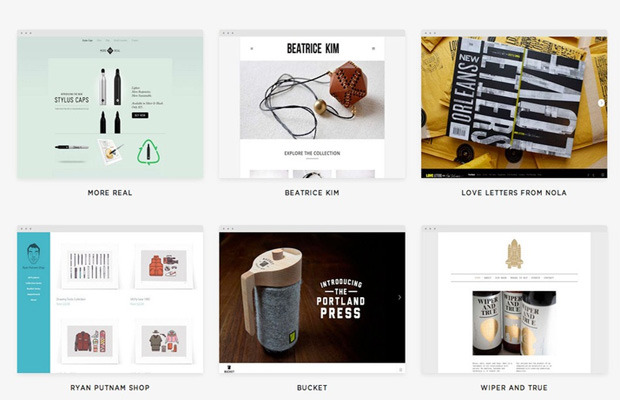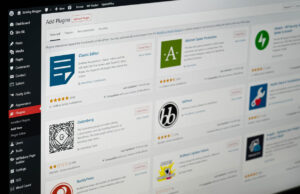5 Tips For Building A Small Business Website On Squarespace

Small businesses need big websites.
Squarespace can help. The website-builder has become a go-to for folks looking to create their own sites, an alternative to popular services like WordPress. The professional site has a three-tiered, monthly pricing system: $8, $16 (which is the most popular) and $24.
Creating a site for your business can be complicated. But there are plenty of little ways to make the most of the site’s clear-cut template. We spoke to Jeremy Schwartz, Squarespace’s business development lead, who shared his tips for small businesses creating their site.
1. Target your audience
Who are the people you want on your site? Who do you want it to appeal to? Nailing down that demographic is an important way to sell your business. Cater your website to that tone once you pick the appropriate audience.
“Whether they are consumers or businesses, study the way they prefer to get information and make sure your website reflects this,” Schwartz says.
2. Determine your purpose
What do you you want from your website? Schwartz breaks it down into three different purposes, each of which needs different customizations.
- Leads: If you want to generate leads from your site, make sure it draws “attention to calls to action,” Schwartz says. You should have something attention grabbing, like a button for starting trials.
- Traffic: Garnering traffic might be your highest concern, so Schwartz recommends having “easy-to-find social follow buttons and email list subscriptions.” Put links to your Twitter, Facebook and other social sites right up on the homepage.
- Sales: If you’re selling a product online, put those products front and center, in addition to “clear prices and ‘add to cart’ buttons.”
3. Write clear, easy text
“Really boil down your idea to an easily digestible essence,” Schwartz says.
Any text you post on your site needs to be simple for readers. The Internet is the breeding ground of short attention spans — this isn’t the time for esoteric prose. Focus on getting your business message across. What’s the one thing you want people to take away?
4. Establish a visual identity
Your business should have a distinct look. If there’s a mascot or logo, brand it onto your homepage, Schwartz recommends. At the very least, pick a strong image that people can associate with your business.
For example, caramel company Sumner & Company went with a delicious photo of — what else — caramel candies right on the homepage.
5. Create a call to action
A call to action is what prompts your website visitor to do something — not just look at your site, then leave. It sounds simple, but a study reported by Small Biz Trends in 2013 showed that 70% of small businesses didn’t have a call to action on their sites.
Small Biz Trends gives several good examples of calls to action, including subscribing to an email newsletter, taking advantage of a special offer or viewing a product demo. Marketing site Thrive Hive also has an incredibly detailed breakdown on how small businesses can create a strong, effective call to action.


















 © 2024
© 2024
0 comments